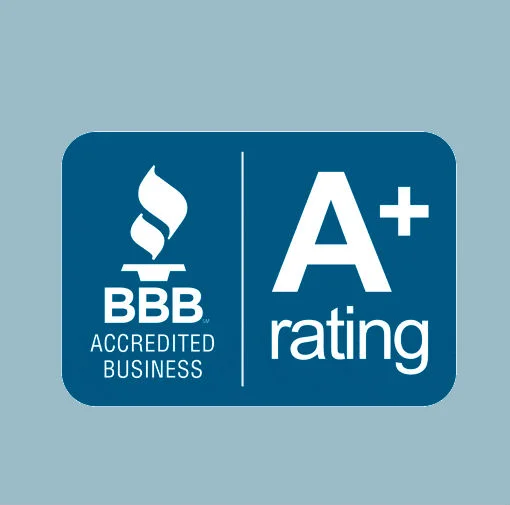Mastering Customer Service: Patients Are Not an Interruption

- Acquiring a new customer is six to seven times more costly than keeping an existing one;
- A five-percent increase in consumer retention can increase profitability by 75 percent;
- 80 percent of future revenue will come from 20 percent of existing customers.
These numbers from respected names in the corporate world—Bain and Co., Gartner Group and Harris Interactive—are increasingly applicable to healthcare’s reform efforts to emulate the retail’s mastery of customer service. Some of the top reasons that this is vital to hospitals, group medical practices and other providers include:
- Patient satisfaction is increasingly linked to provider compensation;
- Patients increasingly judge providers based on non-clinical values;
- Patients are increasingly willing to change providers to find better service.
But what’s important to recognized about these critical issues is that it’s not so much the doctor, but the staff, the office culture and other considerations, that make-it-or-break-it for the office and ultimately the bottom line.
“Consumer perceptions are built across multiple channels—in person, online, on the phone and increasingly through non-traditional settings such as mobile devices and retail health clinics,” according to PwC Health Research Institute. “Moreover, the ideal experience increasingly is being defined by non-clinical elements, such as convenience, customer service and staff attitude.
“When it comes to interacting with a hospital, doctor’s office or other healthcare provider, consumers are nearly twice as likely as those in the airline, hotel, and banking industries to say that staff friendliness and attitude dictate whether the experience was positive or negative.”
Enhancing healthcare customer service
Invest in culture-wide, routine training. Everyone who has direct patient contact (and many others who do not) can appreciate the importance of quality service, but they often have little or no training to deliver it consistently. An outside, and independent, resource can deliver unbiased evaluation and proven methods.
Critically examine every touch point. From a consumer perspective, evaluate, and adjust as needed, each customer connection in the care continuum from pre-appointment to post-appointment. Hint: face time with the doctor is only one of dozens.
Review the non-clinical considerations. Office operations, administration and functioning are typically built around the provider or the business. Reexamine how the patient sees intangibles such as convenience of location, rapid appointment setting, office environment, operating hours, etc.
Strive for “zero waiting.” Patient evaluations frequently connect to the sense of having to wait; on hold when calling, waiting for the first available appointment, waiting to see the doctor, waiting for lunch hour to be over, etc. (And then by feeling rushed.) Imagine how fast any other business would put up shutters if it took as long to do any transaction. Not surprisingly, offices with same day appointments, “after work” office hours and little or no waiting have rapidly attracted new patients.
Provide timely information to the patient. Devise steps and procedures that keep the patient informed about things such as delays, changes/improvements in the office routine, lab reports, and similar. Informed patients are involved and engaged.
Integrate the unexpected. An often-overlooked technique in delivering quality customer service is the element of surprise. Look for ways to break from the ordinary and exceed expectations. An unexpected WOW-effect invariably makes a lasting and positive impression; on that fuels referrals and recommendations.
Patients are not an interruption; they are the purpose of a provider’s work.
Customer service—or the noticeable lack of it—is the primary reason that patients take their business elsewhere. Studies indicate they will change providers if they feel their concerns are not being heard, or if they feel the office staff doesn’t care about them. More than ever, empowered patients are the “paying customer” of contemporary health care.
Let us know what you would add to this list.
Related Articles:
Healthcare Consumerism: How to Avoid Being Left Behind
How Bottom-Line Success is Really About Creating Top-Line Relationships in Healthcare
Healthcare’s Consumerist Revolution and the Quality of Caring
Healthcare Consumerism: Marketing’s New Imperative
Major Healthcare Consumerism Shifts You Need to Embrace Now for Marketing









